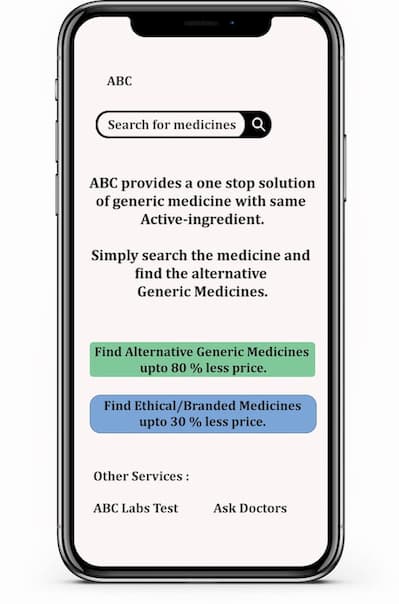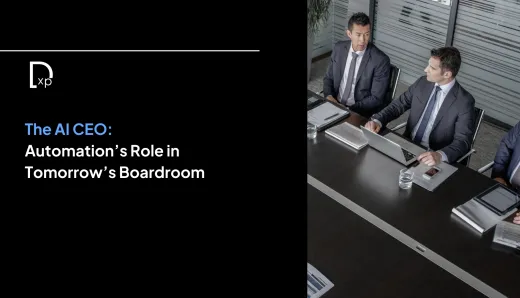Is Generic medicine a new affordable Solution in the Digital Age?
One issue with the pharmaceutical industry is that the individual who selects the product (Doctor) doesn't consume it. And the patient who consumes it often doesn't pay for it. The pharmacist who distributes the medicine might change the product at the last moment. And most often, the buyer may not know the difference between generic and branded medicine. So, it makes the sales process more complex.
Medicines in the pharma Industry can be broadly classified into two categories.
- To formulate new medicine for certain diseases, the average time taken for drug discovery to a clinical trial is around 8-10 years and the average cost is around $350 million and it can go as high as $ 5.5 billion.The Innovator firm has to bear the cost of drug discovery and marketing. So, they are allowed to earn a high profit during the patented period, normally around 20 years, as a monopoly in the market. These medicines are costly and called Branded/ Ethical medicines.
- When the patent for a Medicine expires, other companies get the right to produce the medicine with the same Active Ingredient (Exact same time taken for the same level of effectiveness) but may have different Inactive Ingredients (It results in a change of colour or taste). These are called Generic medicines. Generic Medicine producers need not bear the cost of discovery of drugs, but they have the same active Ingredient and so it's much cheaper. So, on average, generic medicines cost up to 85% cheaper than the branded ones for the chemist/pharmacy shop and have a similar MRP.
Branded medicines normally have margin up to 15%-40% while MRP is labelled relatively the same as generic. It is one of the primary reasons you often notice that pharmacists replace the medicine by another medicine which has the same Active pharmaceutical ingredient to offer discount and increase the profitability. Often customers do not differentiate between Generic and Branded Medicines.
Digital solutions can help in creating awareness around the medicines to the patients/customers to reap the economic benefit without compromising on quality..
Now, let us clear a few myths about generic medicines.
- Most of the Branded Companies like Ranbaxy, Cipla, Abbott etc. markets Generic Medicine too to get a percentage of profit. You can easily identify branded generic medicines by the labeling on the medicine and it looks like : Manufactured by small enterprise “PQR” and Marketed by Pharma MNC (Cipla, Abbott, Lupin). And branded medicines are mostly manufactured and marketed by the same Pharma MNC. You can check the label and it would be like Mfd. and Marketed by (Abbott, Lupin, Novartis).
- Generic Medicine is not a Duplicate or substandard product. They have the same Active Ingredients and effectiveness.
- Generic medicine might be produced locally, but they are tested and verified by the same standards and supplied to the chemist. Also quality depends on the regulations and quality compliance set by national pharma council.
According to the IMS Health Institute, generic drugs have helped the U.S. healthcare system to save $1.67 trillion during 2007 to 2016. Being aware of Generic medicine will help the customers to choose affordable options without compromising on Quality.
Future of Generic Medicines -
In the Digital age, the pharma industry can see a huge turnaround through e-commerce medicines platform where they can compare the key active ingredient and buy the affordable generic medicines from the list of choices available.
Here is a sample prototype for an app that can help customers find affordable general medicines -

The biggest hurdle that is stopping e-commerce generic platform is the e-commerce drug compliance issue which is being addressed with the advent of Ethical (Branded) e-commerce platforms like 1mg, practo, medlife etc. Amazon also is entering this segment where patients can order medicines online through submitting doctor prescriptions.
The other is the quality concern that generic medicines are facing in some parts of the world. Many startups and governments are coming up with initiatives to ensure quality standards in generic medicines. One example is China where ‘4+7 govt. policy’ ensures quality generic medicines at affordable costs.
Reference :
https://www.fda.gov/drugs/generic-drugs/generic-drug-facts
https://www.pharmacytimes.com



